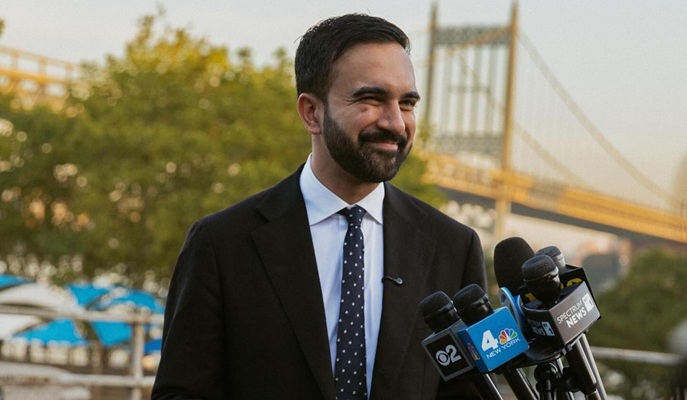Zafarul-Islam Khan
POLITICAL and social empowerment of women is a key area where all societies fail to some extent, more so our Indian society which essentially remains patriarchal. Kashmiri society, being traditional and rural, suffers more than other Indian areas.
In India, despite all the progressive policies adopted by successive governments since Independence, representation of women in Lok Sabha during 1952 to 2014 has been only 6.91% while in Rajya Sabha for the same period it has reached to a meagre 9.62%. In other walks of life, too, women are lacking, more so in Kashmir. Political roles of a few women from aristocratic families and dynasties are deceptive as they do not offer the real picture on the ground.
An attempt was made to empower women at various levels by reserving seats and constituencies for them. Here too, either women belonging to aristocratic families grab the opportunities on offer, or their male members rule by proxy behind the façade of these women.
Panchayati Raj is a reliable route for women’s empowerment at the grassroots level. It came to Kashmir during the Maharaja’s times in 1936. Later, in free India, legislations were enacted in 1951 and 1958 for village and bloc level panchayati raj. This was replaced by another legislation in 1989, but these did not offer any provision to ensure women’s participation in the democratic process. Only in 1996, reservation for women was introduced in the panchayati raj legislation of Jammu & Kashmir on the lines of the Central Act.
This study shows that the presence of women at the grassroot level has been negligible in Kashmir. The author says that reasons for this include the secondary status of women in the Kashmiri social hierarchy and the political unrest in Kashmir for the last three decades. Moreover, the panchayati raj remained defunct in the state for several years. However, since 2011, there is a 33 percent reservation for women in panchayati raj structures. As a result, women’s representation in these structures has gone up considerably.
The role of communication and media as well as education is very important in achieving these results. This field study focuses on the status of Kashmiri women in Baramullah district in the Valley of Kashmir. This is an important contribution. Only through such field studies will we be able to get an idea of the real situation of development in our society on the ground.
I congratulate the author, who has worked for many years with our publication, The Milli Gazette, as its Kashmir correspondent, and now teaches at the Media Education Research Centre of Kashmir University since 2018.
I must add here that the Kashmiri society woke up to the importance of media quite early – since early 1990s to be precise. This led thousands of young Kashmiri students to join media departments in Kashmir universities and elsewhere, and today they are present in many local, national and international media organisations giving a voice to the Kashmiri people. This was a positive response to the media blackout of the Kashmir stories. The author of this study, Afsana Rashid, is one of these young men and women. More importantly, she is a woman who positively empowers Kashmiri women.
______
The book by Afsana Rashid is published by the Institute of Objective Studies, Delhi and is priced at Rs 395.






0 Comments